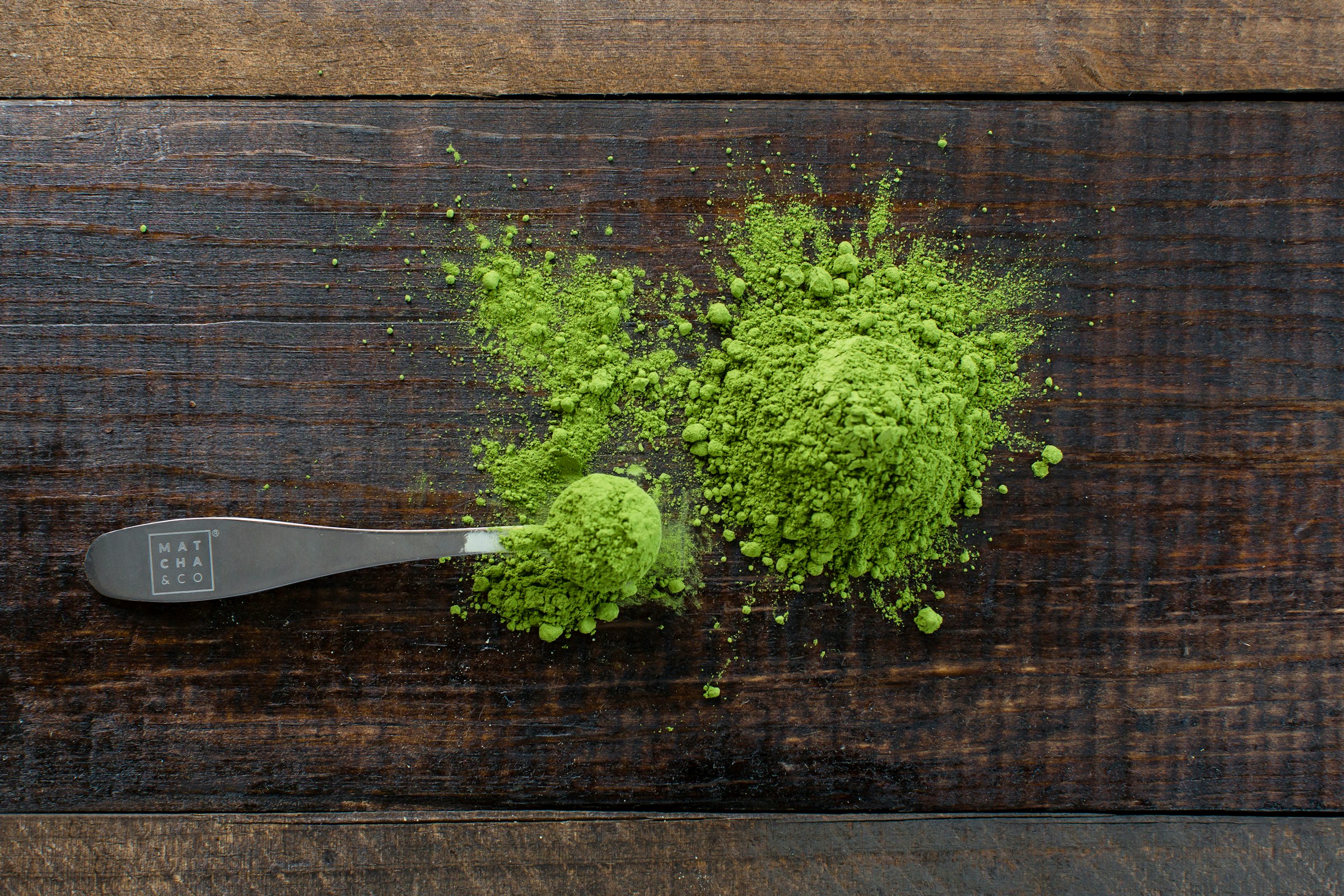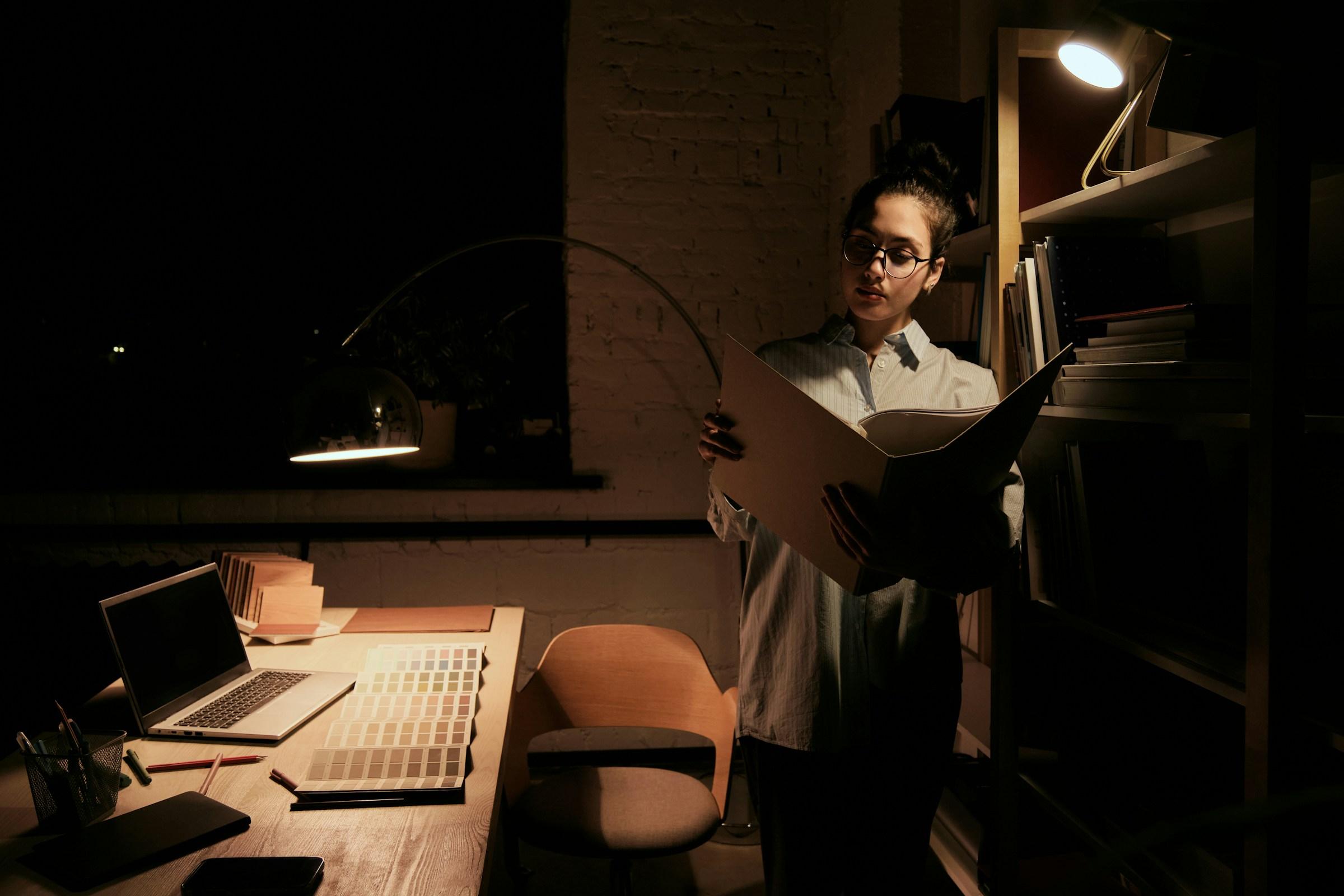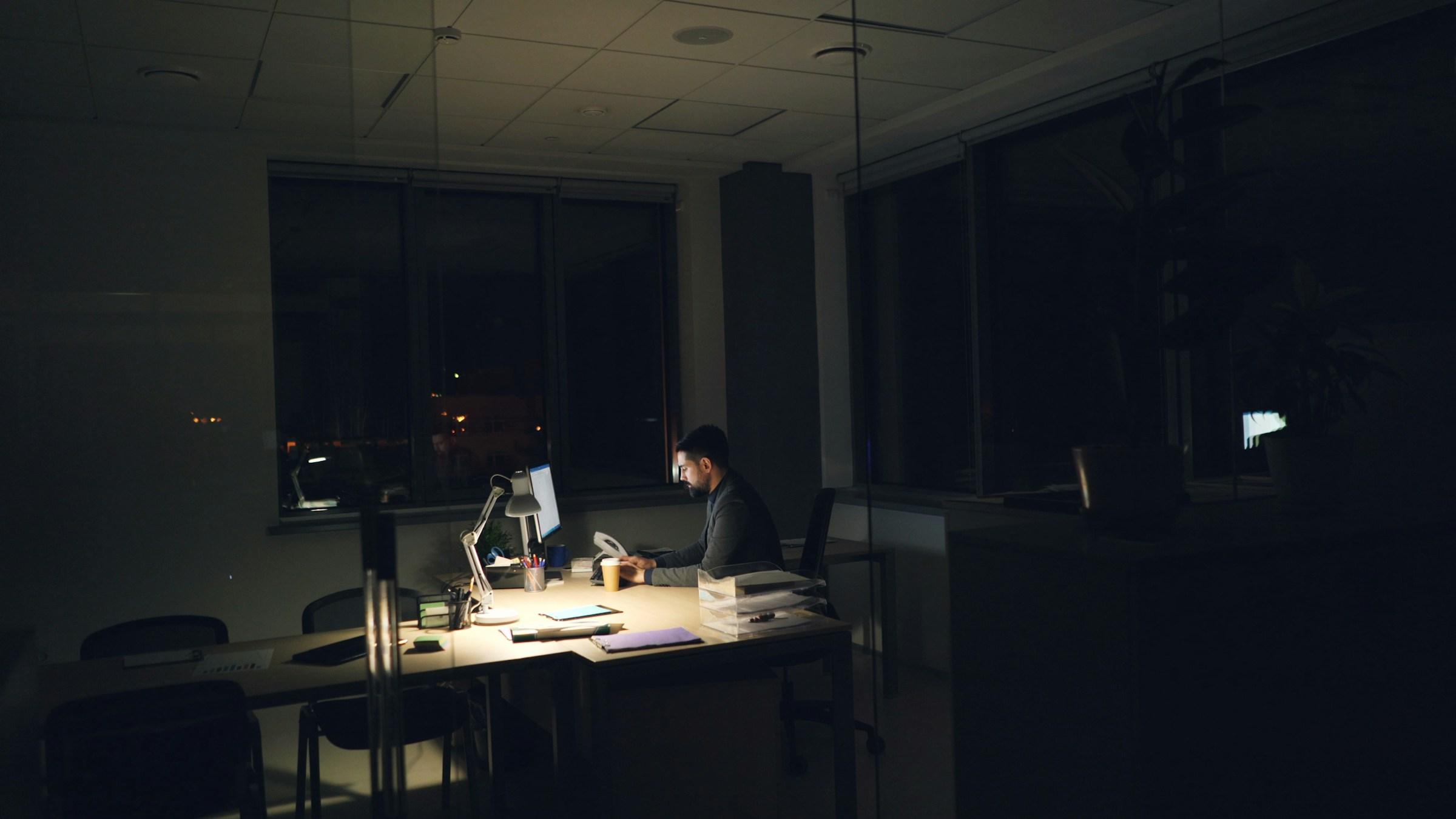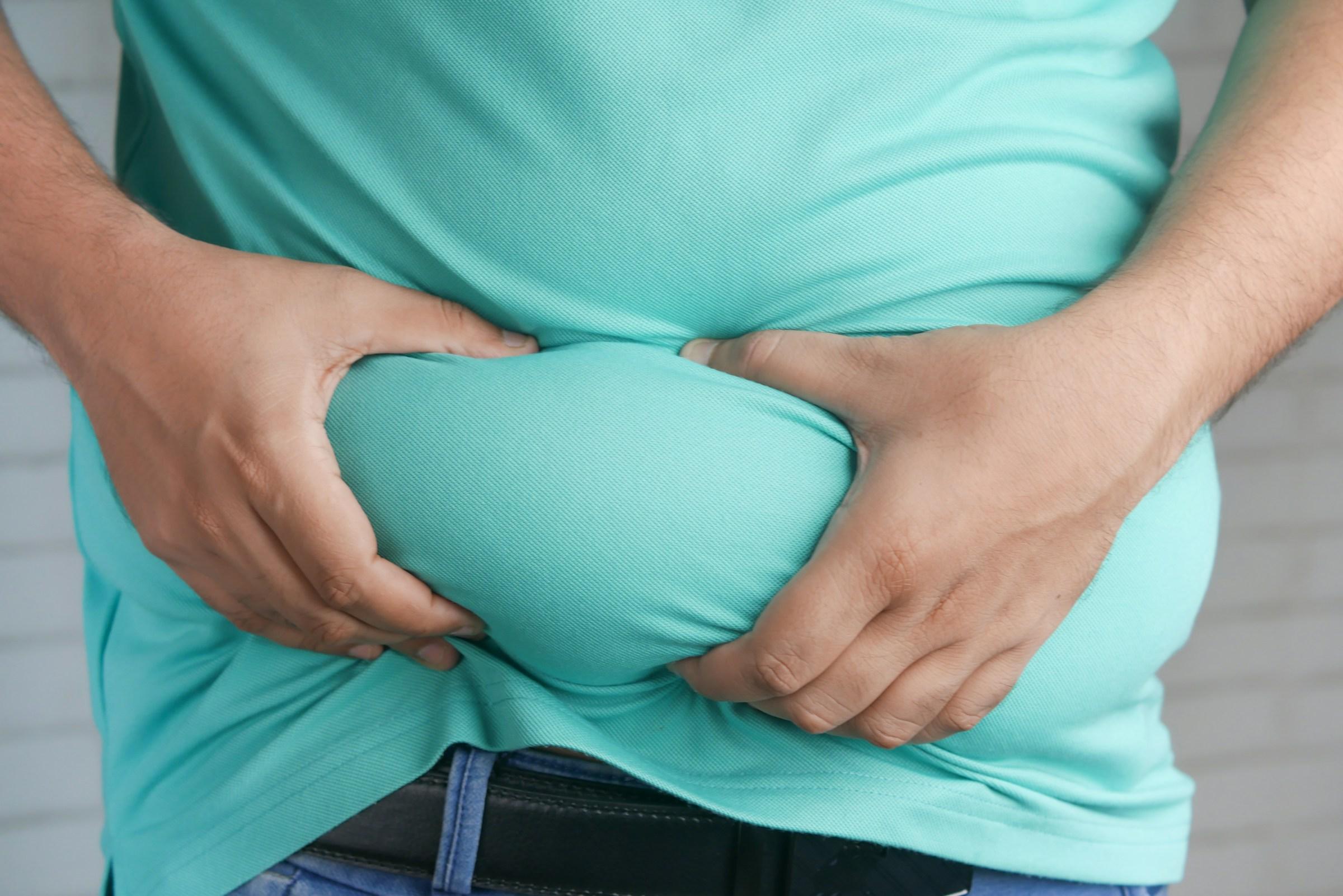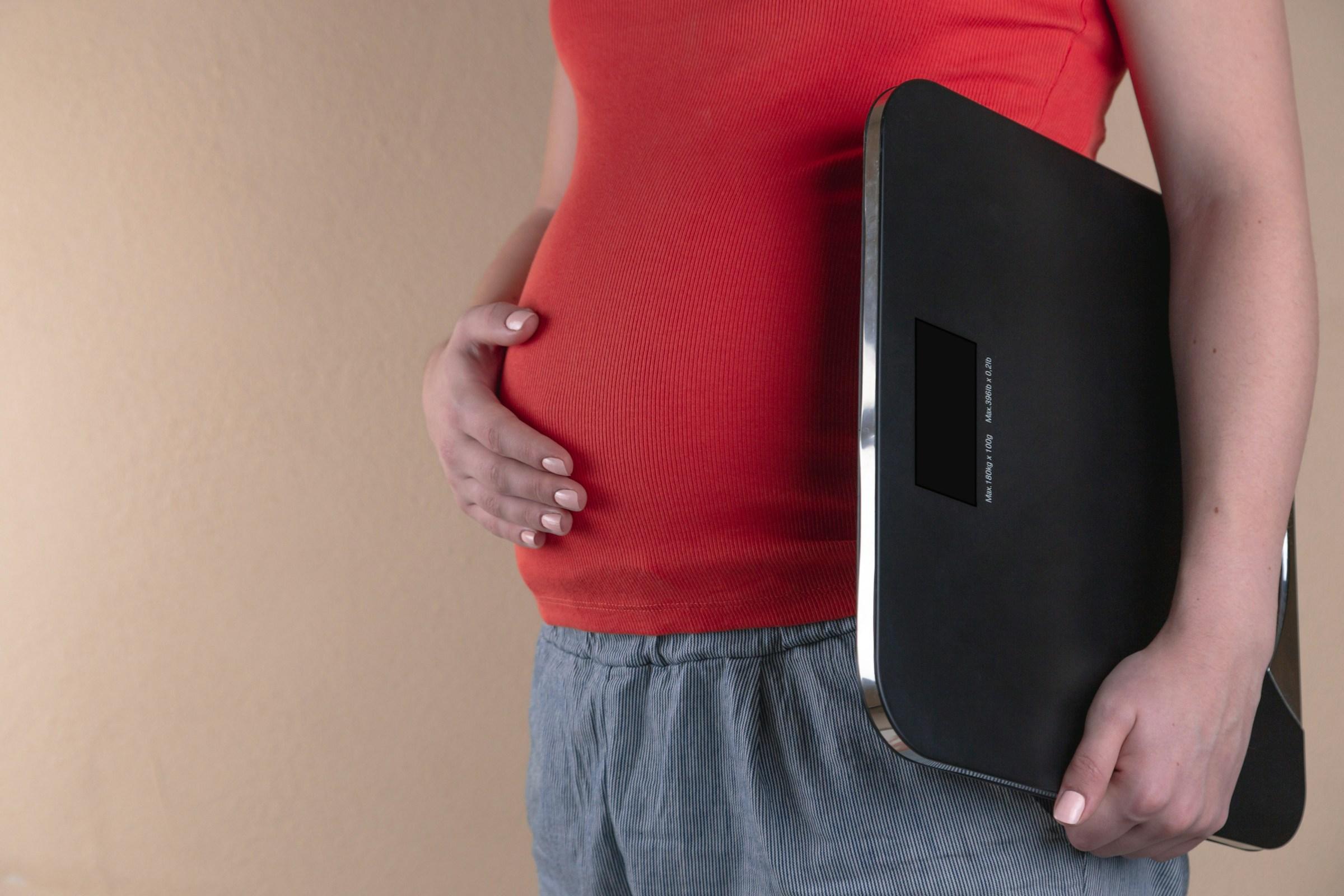The first thing that confuses people about matcha and coffee is that the two drinks are built on different ideas of what a beverage should be. Coffee is an extraction. You grind a seed, pour hot water through the grounds, carry the liquid away and throw the solids out. Matcha is a suspension. You take an entire tea leaf that has been steamed and dried and stone ground into a fine powder, whisk it into water, and drink the plant itself. This one difference shapes how much caffeine you consume, how quickly you feel it, and why a bowl of bright green foam can sometimes feel stronger than a mug of dark roast even when a nutrition chart claims the numbers favor coffee.
To understand why the experience can flip your expectations, it helps to start in the field. The tea leaves that become ceremonial matcha are grown under shade for several weeks before harvest. With less sunlight, the plant adjusts its chemistry. It preserves more amino acids such as L theanine, builds more chlorophyll, and often carries a higher concentration of caffeine compared with leaves that mature fully under the sun. The youngest buds and first spring harvests are prized because they pack a denser mix of these compounds. That means every gram of high grade matcha powder can deliver a compact bundle of caffeine and companions that influence how that caffeine feels. Coffee plants tell a different story. Caffeine content varies by species and origin, and then the roast, grind, and brewing style control how much caffeine ends up in your cup. The power of a finished coffee is heavily determined by your method. A double shot of espresso, a carefully dialed pour over, or a long steep in a French press each extracts a different amount of caffeine from the same beans.
The second layer is dose. When people compare matcha and coffee, they usually picture a teaspoon of matcha powder and a standard cup of coffee and hope for a single truth. There is no single truth. A typical home bowl or latte might use around two grams of matcha powder. That serving can sit in the same rough range as a small coffee, but add another half gram to a gram and the gap closes or reverses quickly, especially if the coffee is a single espresso rather than a large drip. Cafes vary even more. Some chains use a timid scoop for a small cup. Others dose two or three generous scoops for the same size. Because matcha is a suspension, every extra pinch of powder directly increases the total caffeine you drink. Coffee does not escalate in a straight line in the same way, because grind size, water temperature, contact time, and filter type all shape extraction efficiency. You can brew a weak tasting coffee that still extracts a surprising amount of caffeine, and you can also produce a bold tasting cup that extracts less than you expect if your grind is too coarse and your water leaves the bed too fast.
Even when two drinks contain a similar total amount of caffeine, the lived experience can feel very different. The companion molecules in matcha do a lot of quiet work. L theanine is the most famous. It is an amino acid that can soften the jittery edge of caffeine, shape how you perceive your heart rate, and steady attention so the effect feels clean rather than buzzy. You are still consuming caffeine, but it rides a smoother curve. Some people interpret that smooth focus as weaker because it does not shout. Others interpret it as stronger because they can apply the energy for hours without the crash they associate with coffee. Both reactions are real. They are two ways of describing the same modulation. Coffee has its own modulators, including acids and antioxidants, but the ratio of caffeine to calming companions is less tilted toward the serene.
The mechanics of drinking matter too. Most people consume matcha in a smaller total volume than a typical coffee. A bowl of usucha or a cafe latte built on two to three grams of powder is usually compact. That means each sip carries a high concentration of what the drink contains. Your brain pays attention to concentrated signals, and the sensory packaging of matcha amplifies this effect. The neon green color tells you something potent is coming. The fine foam created by whisking releases aroma straight to the palate. The experience can register as powerful even when the absolute milligrams match a modest coffee. By comparison, many coffee styles are spread across larger volumes, and drinkers often linger. The same amount of caffeine distributed over twenty slow minutes can feel gentler than a dense drink finished in five.
Quality is a quieter, but decisive variable. A fresh tin of ceremonial grade matcha, stored cool and protected from light and oxygen, tends to deliver more active character per gram than an old bag of culinary grade powder that has been spooned open and shut beside a stove for months. The difference is not only flavor. Some of the compounds that shape stimulation and calm degrade with exposure. Coffee faces its own quality curve. Freshly roasted beans ground moments before brewing will yield a more predictable cup and a more reliable extraction. A very dark roast can lose mass and change solubility, a too coarse grind can under extract, and a grind that is too fine can stall the water and create bitterness alongside a heavy jolt that feels harsher than the raw caffeine number would suggest. Two homes using the same label on the bag can end up with wildly different experiences because of storage, grind, and technique.
The body that receives the drink completes the story. Sleep, stress, hormones, and whether you have eaten shape your response. Matcha often feels less edgy on an empty stomach because L theanine and other tea compounds temper the spike, yet no drink can fully override biology. After a short night, any caffeine will feel sharper and the drop will be steeper. Pair either beverage with protein and complex carbohydrates and the rise and fall smooth out. Hydration plays a role. People often drink water alongside strong tasting black coffee. A matcha latte can feel like a soft treat, which encourages faster sipping and less water on the side. The timing between drinks also matters. If you layer matcha right on top of a coffee or vice versa, the combined caffeine load can suddenly feel like too much, and the gentle narrative people attach to matcha disappears because the total signal is simply large.
Cafe culture adds another set of twists that reach your perception before you ever look at a label. Many coffee shops build almost all milk drinks on a standard double espresso, even for a small size. That means a small latte and a large latte can be much closer in caffeine than a customer assumes. Matcha recipes are less uniform. Some cafes add more powder only when you upgrade size. Others keep the matcha dose constant and simply pour more milk. In parts of Southeast Asia where sweet milk drinks are popular, matcha appears in menus with condensed milk or syrups that mask strength. A latte can taste like dessert and still carry a serious dose. On the other hand, a chic spot that treats matcha as a delicate tea may whisk a restrained one and a half grams and serve it in a petite cup that feels ceremonial rather than powerful. The brand you visit becomes part of the chemistry you experience.
Numbers still help when you want to design your day. If you are brewing at home, a scale is your friend. Weigh your matcha powder and treat the grams as the primary knob. One and a half grams gives a light lift that suits afternoon reading or early evening social time. Two grams suits a morning of steady work. Three grams is a deliberate choice for deep focus, a heavy training session, or a long drive, not a default habit. Keep your water just below boiling and match the temperature to the quality of your powder, slightly cooler for delicate ceremonial grades and slightly hotter for robust culinary ones. With coffee, choose your method for your goal. A small pour over with a medium grind gives a clear, linear energy. A single espresso can support attention without flooding your system with volume. Cold brew concentrate is potent and convenient but must be diluted with intention rather than poured as if it were iced coffee that happened to be strong. The method is not fashion. The method is a dosing tool.
If your question is whether matcha has more caffeine than coffee, the honest answer is that it depends on dose, recipe, and context. A generous bowl or latte made with three grams of high grade matcha can meet or exceed the caffeine in a small coffee or a single espresso. A large drip coffee brewed with fine grind and hot water will surpass most matcha drinks easily. Cold brew concentrate can outgun them both. The reason the conversation refuses to settle is that the comparison is not a scientific constant. It is a moving target shaped by grams, grind, time, and intent. The perception that matcha hits harder comes from the whole package. You drink the leaf itself. The amino acids shape the feel. The serving size condenses the experience. The ritual invites mindful pacing. Put together, those factors can register as more even when a lab instrument would judge the totals as equal.
There are more subtle layers if you enjoy thinking about how a daily ritual intersects with the rest of life. Sustainability is one. Matcha prepared in a bowl or a simple whisked latte uses no paper filters and very little gear. The leaf you whisk is the leaf you consume. Coffee can be gentle on the planet as well, especially if you use a reusable filter, a metal cone, or a French press. The footprint expands as convenience grows. Single serve pods generate waste. Large takeaway cups pile up quickly. These choices are not moral grandstanding. They are small decisions that shape how your kitchen works and how your routine feels. Energy is not only a sensation in your body. It is also the mood your home projects when the counter is clutter free and the tools you use are simple and lasting.
Ritual and memory are another layer that rarely shows up in charts yet quietly drives decisions. Your body remembers how a drink supported you in a particular moment. If matcha carried you through a deadline with a sense of calm control, your brain tags it as the right fuel for difficult work, and the next time you whisk it you might feel the effect as stronger because the story attached to it is positive. If coffee accompanied your first mornings with a newborn and pulled you through exhaustion, the aroma can create a feeling of rescue before the first sip, and that feeling can amplify the impact beyond the milligrams in the cup. Much of adult life runs on the combination of chemistry and story. Recognizing that both matter helps you choose more gracefully.
For most people, a simple rule is enough. Match the drink to the job. Reach for matcha when you want long, even focus or when you want energy without as much edge. Choose coffee when the day calls for a fast lift, a social ritual, or the deep comfort that comes from an aroma you have loved for years. Use dose, not hype, to guide your hand. When you pair the drink with a meal or a snack, aim for protein and complex carbohydrates so the line of your energy stays smooth. If you ever want to stack both drinks in a single day, put space between them. Let the first one prove itself before you decide whether you need the second. Your nervous system responds best when it gets clear signals rather than overlapping noise.
In the end, the headline question hides an opportunity. You are not choosing a permanent team. You are choosing a tool for a specific hour. Matcha can have more caffeine than coffee when you prepare it with a generous dose of fresh, high grade powder and drink every gram of the leaf. Coffee can have more when your method and volume pull a larger total into the mug. The reason matcha often feels smoother and, paradoxically, stronger is that it comes bundled with companions that shape how you experience stimulation. The right way to approach the choice is not to hunt for a fixed winner but to develop a small set of routines that fit your life. Keep a tin of matcha and a bag of beans. Keep a whisk and a dripper. Learn the doses that suit your work, your workouts, and your social time. Treat attention as something you craft rather than something you chase. That is how a green bowl and a black cup both become allies instead of contestants in a never ending contest that no single drink can fairly win.



